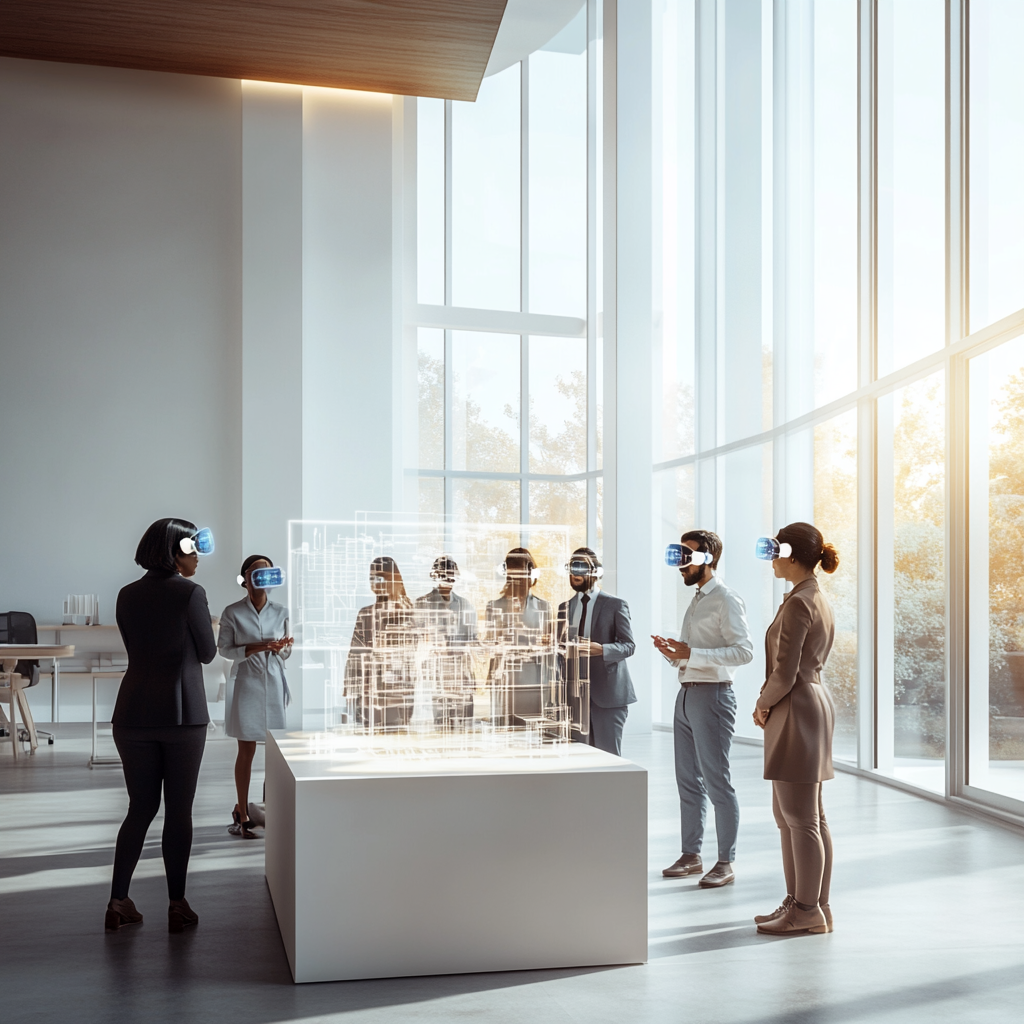The Impact of COVID-19 on the Future of XR

Due to the effects of COVID-19, employers across the globe are just now realizing the benefits of remote work and the indisputable role virtual reality plays not just in the office of tomorrow, but in the successful business of today as well.
You can watch the presentation by Tim Merel, Managing Director of Digi-Capital, or check out our short summary and thoughts on the matter below.
Digi-Capital's report focuses on 5 main factors (lockdowns, brick-and-mortar closures, eCommerce limitations, supply chain and recession) and their effects across 7 categories: hardware sales, adspend, eCommerce sales, enterprises, appstore, location-based entertainment and video.
As one can assume, location-based entertainment has taken the hardest hit, closely followed by adspend, while the difficulties faced by brick-and-mortar stores are inversely proportional to the sudden boom of eCommerce and the sale of AR/VR hardware demand.
This strengthened demand for AR/VR hardware could easily be traced back to physical lockdowns, as users turn to the technology both to stay connected to their work and find more ways to stay active and have fun at home.
In the short-term, the suddenly heightened demand for AR/VR hardware has been met with a disruption in the supply chain. Higher demand + multiple components being sourced in China means that many users are left waiting in a virtual line.
As for the entertainment industry, while brick-and-mortar retail closures have less impact on AR/VR apps, the supply chain disruption has already caused delays to the launch of many triple-A VR games.
In summary, while forecasts for the next couple of years understandably seem to show lower overall numbers across most sectors of the market than previous pre-crisis estimates, the AR/VR market appears stable, if not just slightly negatively impacted.
Latest projects and company updates
Subscribe to our newsletter




